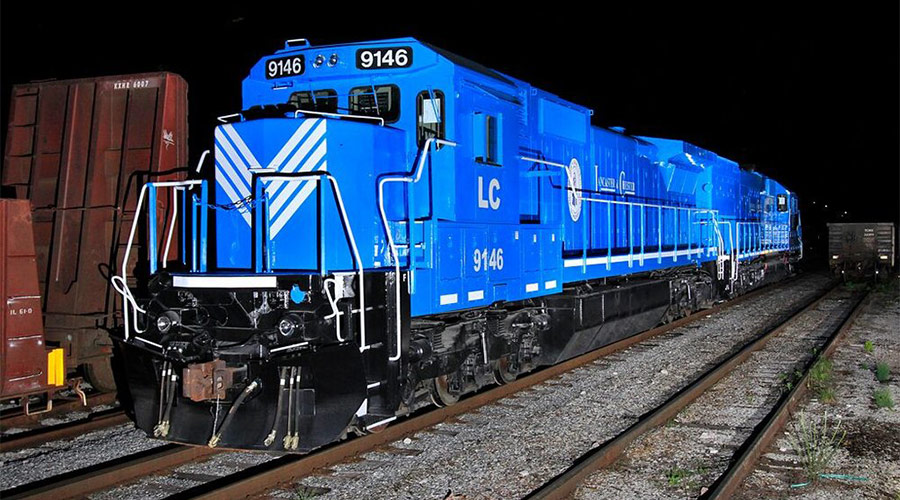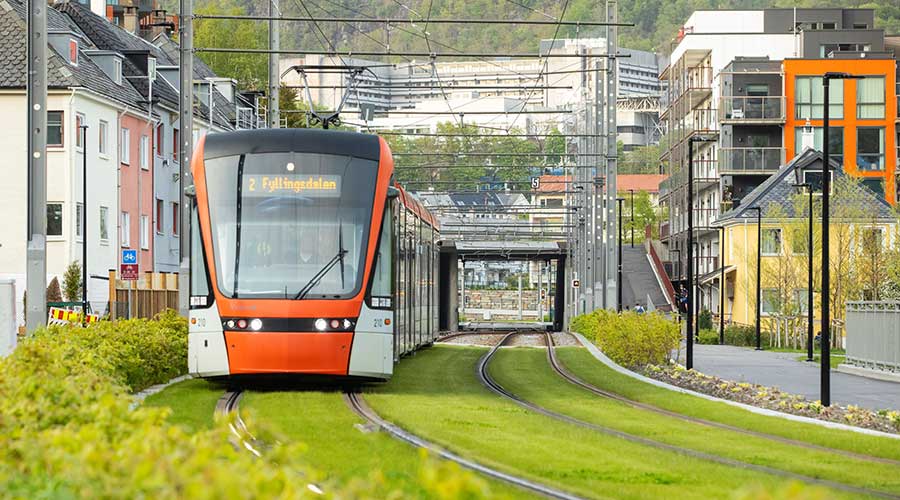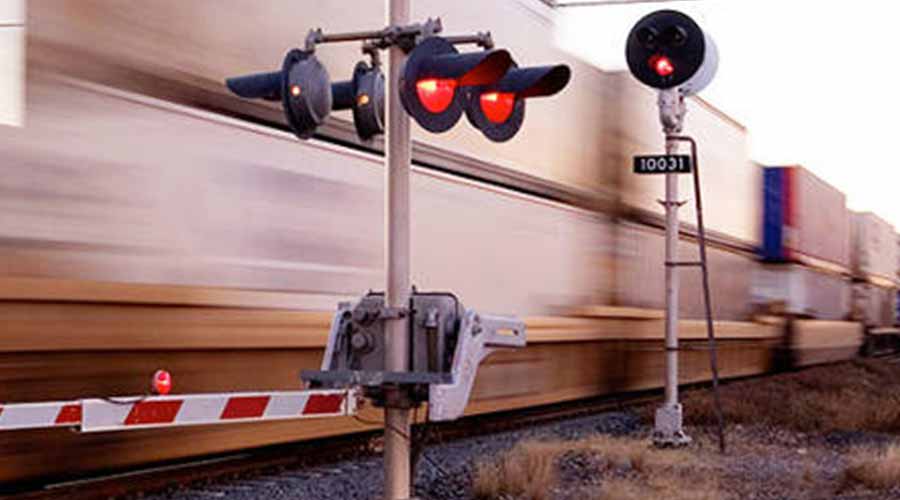Stay updated on news, articles and information for the rail industry
 railPrime
railPrime
1/31/2014
Rail News: Passenger Rail
DART's rail investments paying off economically, study says
More than $5.3 billion in private-capital transit-oriented development projects have been built, are under construction or are planned near Dallas Area Rapid Transit (DART) stations since the light-rail system debuted in 1996, a new economic study has concluded.
The study by the Center for Economic Development and Research at the University of North Texas also found that office properties located within a quarter mile of a station can command an average 13.9 percent higher lease rate, DART officials said in a press release.
Researchers evaluated developments located within 0.25 mile of a DART station and found that the station area outperformed those in comparable control locations in each of five major property types. New developments built between 1993 and 2013 in close proximity to light rail totaled more than $1.5 billion in value, compared with roughly $600 million in control areas.
In addition, the center examined the region's long-term investment in DART's light-rail system, and found that it has generated more than $7.4 billion in regional economic impact. The study examined $4.7 billion invested in the light-rail system expansion, which includes the 28-mile Green Line from southeast Dallas to Farmers Branch and Carrollton, and the 14-mile Orange Line through Irving. Along the Blue Line, DART added a stop at Lake Highlands Station and a 4.5-mile extension from downtown Garland to Rowlett,
"Even through difficult economic times, DART has demonstrated its ability to boost the North Texas economy through its capital spending, daily operations, and attracting private investment," said Terry Clower, the center's director.
In the 11-year period studied, the agency grew the light rail network from 44 miles and 34 stations to 85 miles and 61 stations.


 2025 MOW Spending Report: Passenger-rail programs
2025 MOW Spending Report: Passenger-rail programs
 Gardner steps down as Amtrak CEO
Gardner steps down as Amtrak CEO
 Guest comment: Oliver Wyman’s David Hunt
Guest comment: Oliver Wyman’s David Hunt
 Women of Influence in Rail eBook
Women of Influence in Rail eBook









